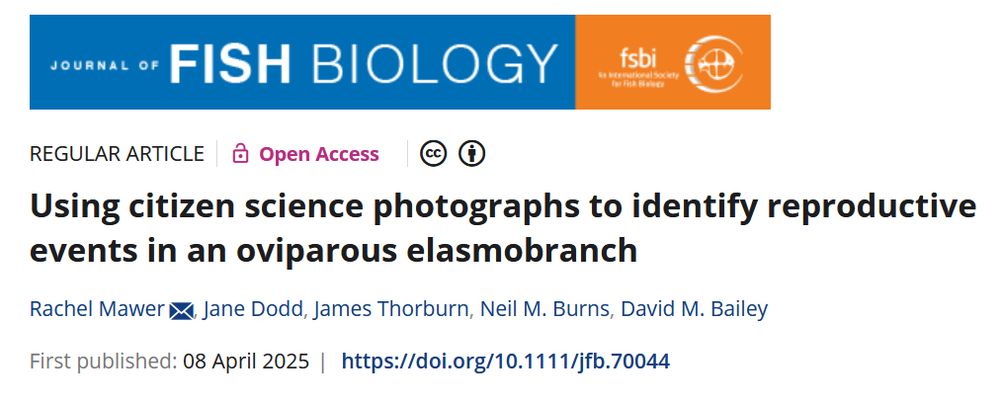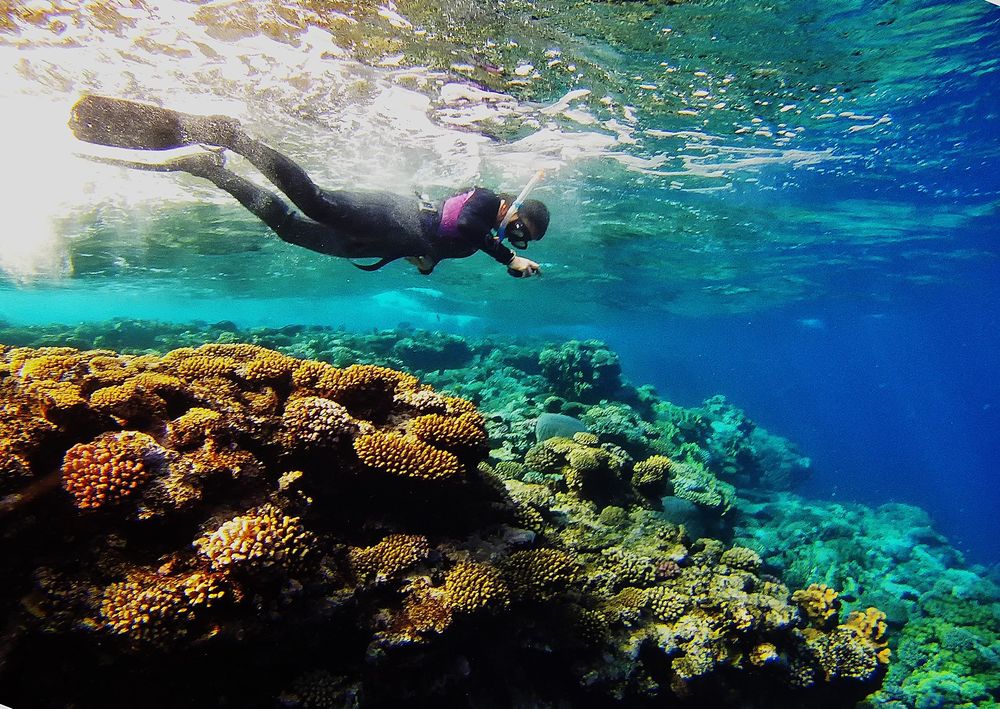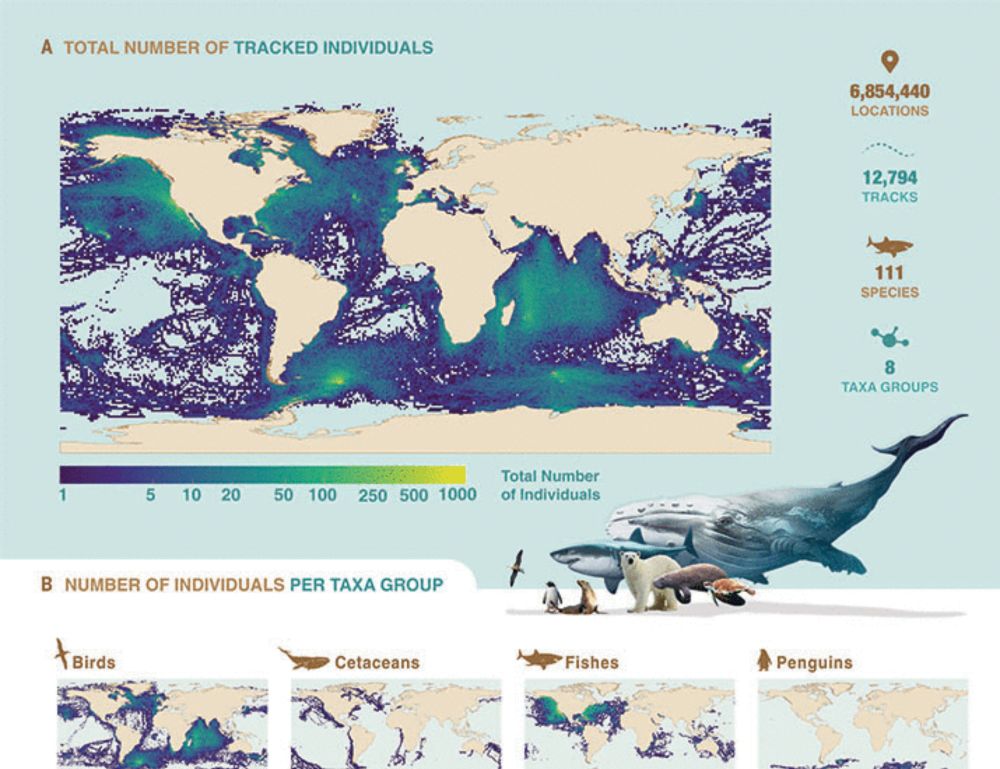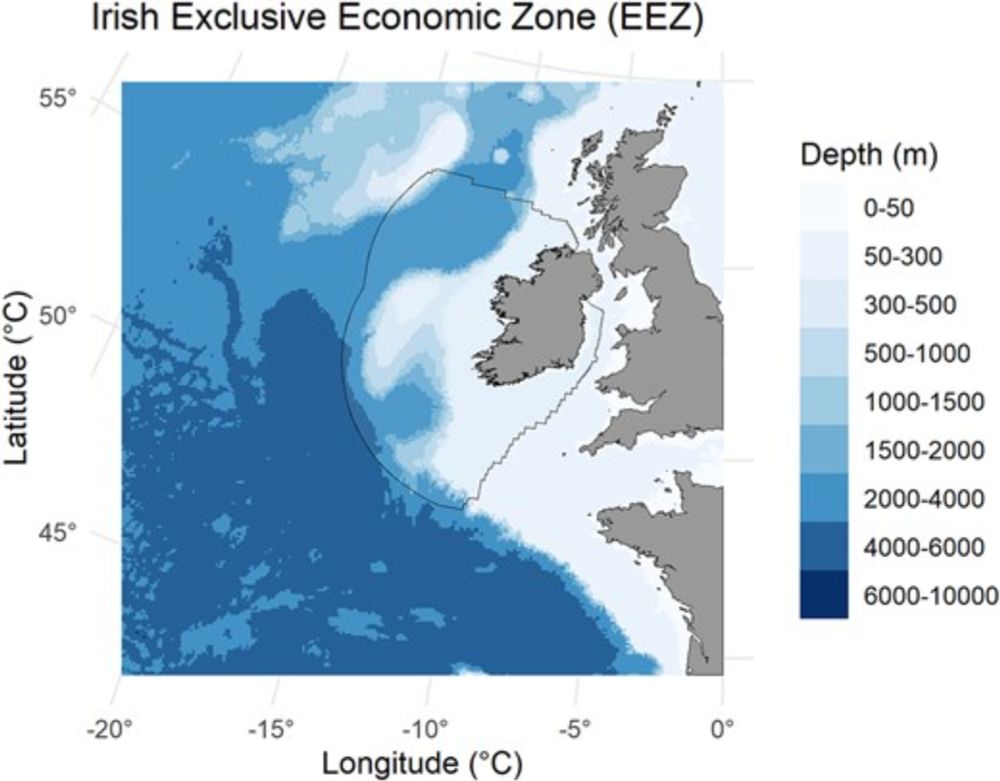Currently at Swansea Uni

The model takes the form of a step selection function and, just like in 2D, it can include directional persistence, attraction to targets, and habitat selection.
doi.org/10.1101/2025...

Here's the press release/ lay summary. The open access paper is linked within.
🧪🦑🌍🦈

Here's the press release/ lay summary. The open access paper is linked within.
🧪🦑🌍🦈




The organisers are inviting submissions for workshops and round table discussions: statisticalecology.org (Deadline: November 15th)
The organisers are inviting submissions for workshops and round table discussions: statisticalecology.org (Deadline: November 15th)




www.justgiving.com/page/paterso...
We'd appreciate you support


www.justgiving.com/page/paterso...
We'd appreciate you support


An R package for hidden Markov models with random effects, flexible spline-based covariate effects, and fast inference using TMB or Stan.
Check out the GIthub repository for more examples.
doi.org/10.18637/jss...

An R package for hidden Markov models with random effects, flexible spline-based covariate effects, and fast inference using TMB or Stan.
Check out the GIthub repository for more examples.
doi.org/10.18637/jss...


We tested whether blacktip reef shark dorsal fins are reliable for photo ID – they are!
✅ Stable over time
✅ Unique among individuals
📍Long-term dataset from French Polynesia
Led by Physioshark
🔗 doi.org/10.1111/jfb....
#SharkScience #MarineBiology
@jcuofficial.bsky.social
We tested whether blacktip reef shark dorsal fins are reliable for photo ID – they are!
✅ Stable over time
✅ Unique among individuals
📍Long-term dataset from French Polynesia
Led by Physioshark
🔗 doi.org/10.1111/jfb....
#SharkScience #MarineBiology
@jcuofficial.bsky.social

daily.jstor.org/jaws-feather...

daily.jstor.org/jaws-feather...
In talking to the media about the report at #UNOC FAO stated that ~57% of sharks stocks are sustainably fished (t.co/fVFnZkY4vQ).
This fact is WRONG
1/
In talking to the media about the report at #UNOC FAO stated that ~57% of sharks stocks are sustainably fished (t.co/fVFnZkY4vQ).
This fact is WRONG
1/
I saw Dom present a great intro to this work at ISEC 2024. The gist is it's a very fast model for fitting HMMs to temporally irregular data (based on maximum likelihood).
FInCH: Fast statistical inference for continuous-time animal movement 🐾
I saw Dom present a great intro to this work at ISEC 2024. The gist is it's a very fast model for fitting HMMs to temporally irregular data (based on maximum likelihood).

This paper discusses developing a holistic understanding of the sensitivity of fish species in our seas and offers practical recommendations for enchanced species mgmt & protection. 🦈🐟

This paper discusses developing a holistic understanding of the sensitivity of fish species in our seas and offers practical recommendations for enchanced species mgmt & protection. 🦈🐟


